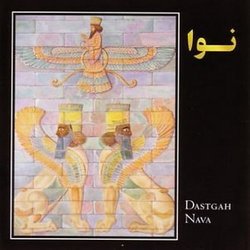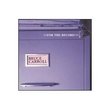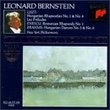| All Artists: Shahla Nikfal Title: Dastgah Nava Members Wishing: 1 Total Copies: 0 Label: Trad. Crossroads Release Date: 10/31/1995 Genres: Folk, International Music, Pop Styles: Traditional Folk, Middle East, Iran Number of Discs: 1 SwapaCD Credits: 1 UPC: 780702427328 |
Search - Shahla Nikfal :: Dastgah Nava
 | Shahla Nikfal Dastgah Nava Genres: Folk, International Music, Pop
|
Larger Image |
CD DetailsSimilar CDs
|
CD ReviewsGreat Music Ancient Studies | 08/02/2005 (4 out of 5 stars) "It is ridiculous to call Iranian Classical Music "Islamic music." Iranian Classical Music is an ongoing tradition from pre-Islamic, Sassanid Iran. When Arab-Islamics invaded Iran they threatened to ban Iranian music, but as you can see, they failed. To the contrary, Iranian music was played by Iranian musicians at the Arabic court. These Iranian musicians were forced to change their names to Arabic names. Because of the power of the Iranian Empire's, particularly the Achaemenid and Sassanid Dynasties, Iranian music dominated the Middle East. For this reason, we see that the music of countries such as Turkey, Syria, and Egypt all bare the names of some of the Iranian modes (in Persian, mode is called Dastgah) those modes which mostly date back to pre-Islamic Sassanid times. There are 12 modes in Iranian music which consist of about 200 melodies or movements altogether. Iranian instruments found their way into other countries. Instruments such as the Ud and ney are Iranian instruments. The Ud's real name is "barbat" and dates back to the pre-Achaemenid era. The "ney" in Persian means "reed" and is a flute made of reed. Barbat and ney are used in Arabic countries and Turkey. Kamanche, tombak, tar, setar, dap, gheichak, dayre, chang, are all Iranian instruments and their names have meaning in Persian language, but they don't mean anything in the languages of the countries to which they were later introduced. This CD features tombak, voice, qanun (a plucked dulcimer-harp which originated in Persia).This CD is very beautiful music and a nice work on one of the ancient Persian modes called "Nava.""
|

 Track Listings (11) - Disc #1
Track Listings (11) - Disc #1


